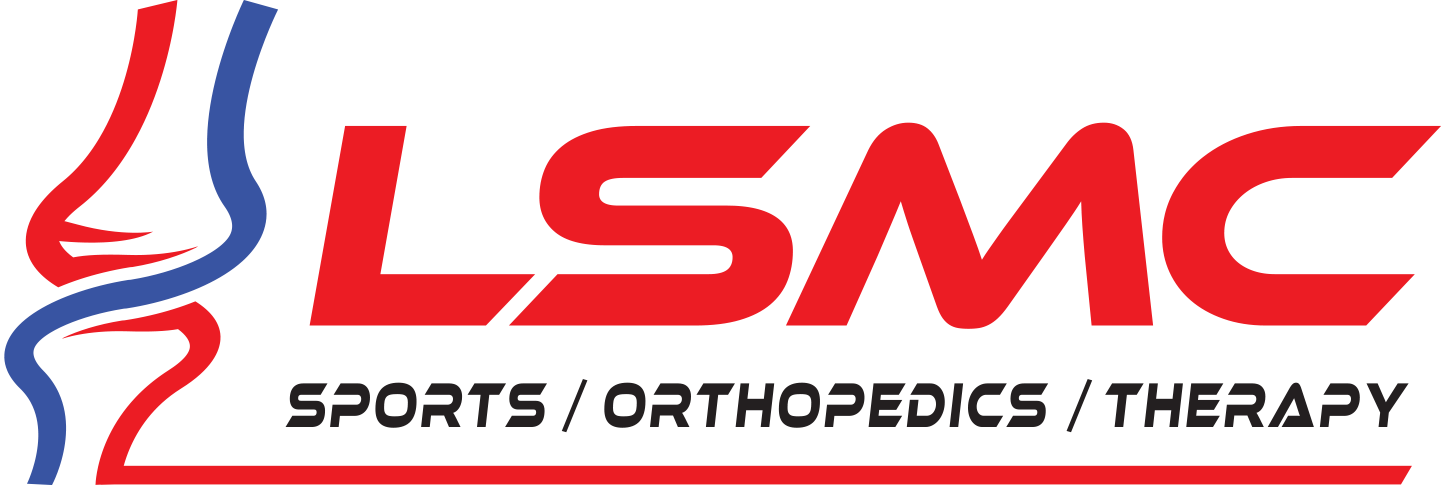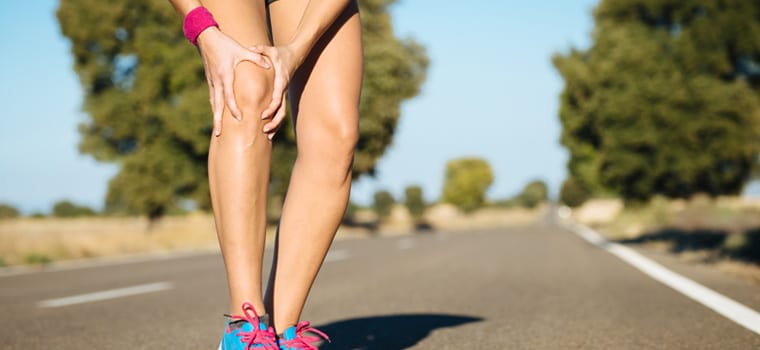BY SANDRA KING AUG. 14, 2017
Knee pain and stiffness can affect nearly every activity you might enjoy, from running a marathon to a weekend garden walk. Both young athletes and seasoned treadmill professionals can experience symptoms. The right treatment often depends upon the underlying cause. Determining where the pain starts and when your knees hurt might help your physician prescribe the best therapy for you.
Knee Anatomy
The knee joint involves the lower thighbone, or femur, the upper end of the shinbone, or tibia, and the roughly triangular shaped patella, or kneecap, that slides into a groove in the femur. Your thigh muscles provide strength for your knees. Ligaments and tendons keep the bones in place. Cartilage provides cushioning between the bones, and a smooth membrane lines the other inner surfaces. This liner, the synovial membrane, secretes fluid that helps the structures in your knees slide easily across one another during movement. Exercise can cause pain and stiffness when these structures don’t function normally due to injury, disease, overuse or the aging process.
Causes
Damaged tendons or ligaments, arthritis and infection can all cause pain and stiffness in your knees after exercise. However, the experts at the University of Maryland Medical Center note that the location of the pain can help identify the cause. For instance, bursitis and arthritis often cause pain in the front portion of the knee. When your symptoms originate at the sides of your knee, your doctor might suspect injured ligaments. These injuries often occur during sports that require you to pivot quickly, such as tennis or basketball. If your knee discomfort and stiffness seem to worsen gradually as you age and your entire knee seems affected a few hours after exercise, osteoarthritis could be the culprit.
Treatment
Doctors often prescribe a combination of therapies for treating knee pain and stiffness. If your physician suspects overuse, he might suggest you switch from running to cycling or swimming. Ligamentous injuries often require complete rest for a time and then a slow return to activity. If the injury is severe, however, you might eventually need surgery. Specially designed braces or wraps generally improve knee alignment, which can lessen pain. Strengthening and stretching exercises for your thighs, quadriceps and hamstrings help protect your knee joints. If you are overweight and have arthritis in your knees, the experts at the Arthritis Foundation note weight loss could help you avoid knee replacement surgery.
Considerations
Health care professionals at Kids Health from Nemours note that an adolescent’s imbalance of muscle strength compared to flexibility can increase the risk of knee injury or inflammation from overuse. They recommend combining overall strengthening, stretching and conditioning programs with sports to help prevent injuries. Sports that require a lot of jumping or frequent pivoting, such as volleyball or basketball, might require extra training to protect your knees. For instance, landing with your knees bent or using your hip joints to crouch and move laterally will take pressure off the ligaments in your knees.
Warning
Minor knee pain and stiffness often respond well to home treatments that include rest, modification of your exercise routines or over-the-counter anti-inflammatory medications. However, the professionals at Mayo Clinic suggest you see a physician as soon as possible if you develop severe knee pain that prevents you from bearing weight, see an obvious deformity in your knee or notice significant swelling. Worsening pain, fever, warmth and redness at the knee joint also require immediate medical attention, since these symptoms might indicate infection.










